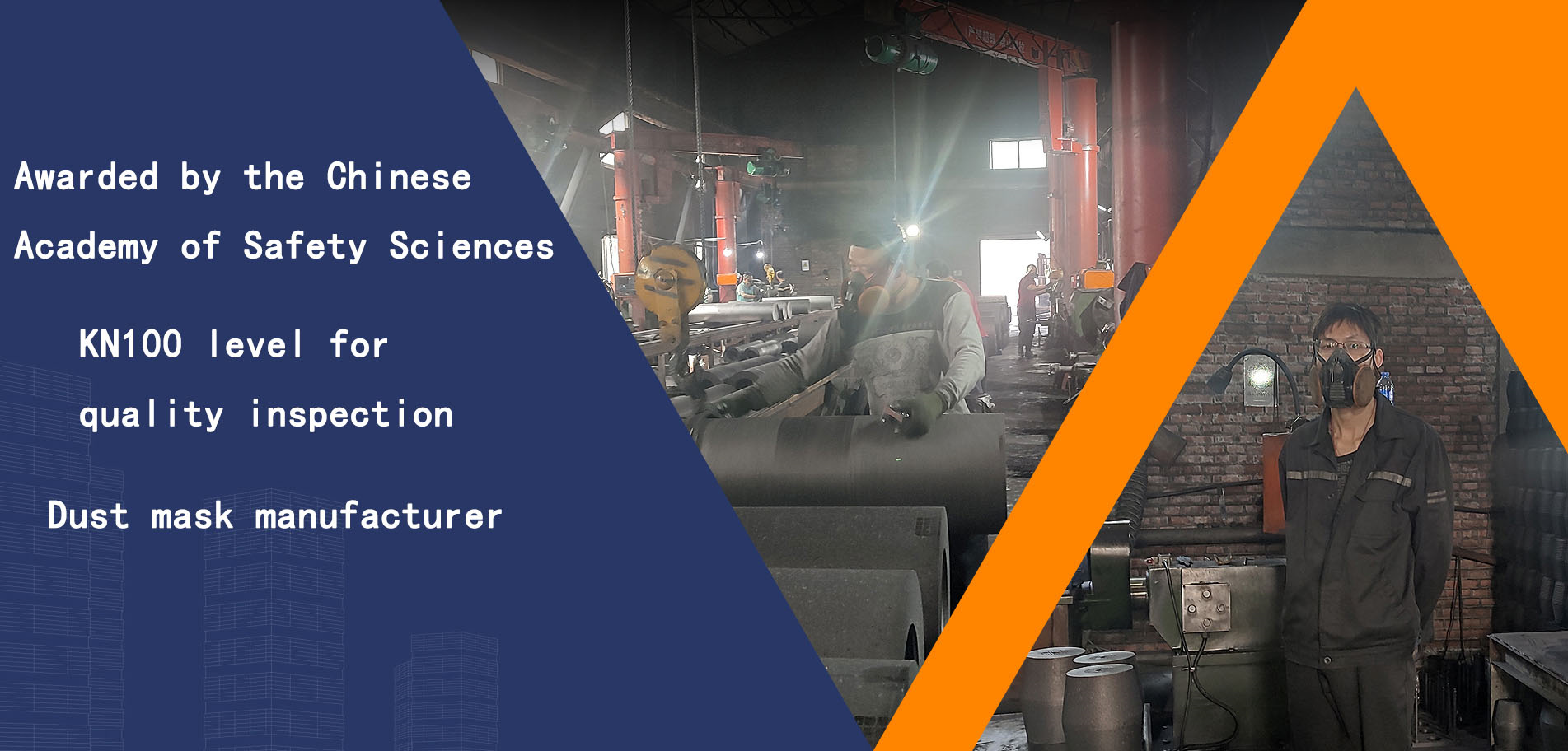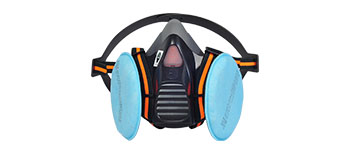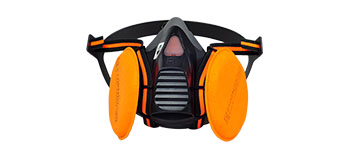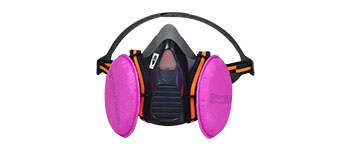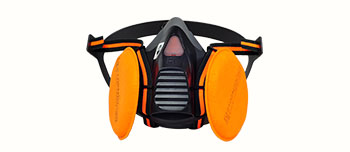Confusing "industrial dust-proof" and "medical protective" masks
Many people confuse industrial KN95 masks with medical N95 masks, although their filtration efficiency may be the same, their uses are significantly different.
Key points:
Industrial dust masks (GB 2626): The core function is to prevent particulate matter such as dust, smoke, mist, microorganisms (viruses, bacteria), etc. But it does not require protection against blood or bodily fluids splashing, nor does it require the mask itself to have antibacterial properties.
Medical protective masks (GB 19083): The core is to prevent the bidirectional transmission of pathogenic microorganisms, body fluids, and particulate matter. It not only protects medical staff from the invasion of patient droplets and blood, but also prevents the contamination of the surgical environment by microorganisms exhaled by medical staff. It must have surface moisture resistance and blood barrier ability.
Avoiding pitfalls guide:
Engaged in construction, polishing, wood processing and other operations: choose industrial dust masks that comply with GB 2626 standards (such as KN95).
In medical environments or situations where body fluids need to be prevented from splashing, medical protective masks that comply with GB 19083 standards should be selected.
Daily prevention of haze, pollen, and colds: both are acceptable, and the industrial KN95 has a higher cost-effectiveness.
3、 Excessive pursuit of high protection level
It is a common misconception that a higher level of protection is better (such as KN100 being better than KN95).
Key point: The higher the level of protection, the greater the respiratory resistance, the stronger the feeling of suffocation when wearing, and the heavier the burden on cardiovascular function.
Guidelines for avoiding pitfalls: Choose based on the actual level of pollution in the environment. For the vast majority of daily and general industrial environments, KN95 level (filtration efficiency ≥ 95%) is sufficient to provide good protection. Only in special working environments with extremely high dust concentration and great harm (such as mines, asbestos treatment), KN99 or KN100 levels need to be considered. Blindly pursuing the highest level may result in the inability to adhere to correct wearing due to poor comfort, and may even lose its protective significance.
4、 Neglecting the Importance of Tightness
No matter how good the filter is, if the seal is not tight, all dirty air will leak through the gaps, and the protective effect is zero.
Key points: The shape design of the mask (such as bowl shaped, foldable), the fit of the nose clip, and the adjustability of the headband/ear strap all directly affect the fit. Having a beard can also seriously affect the sealing effect.
Avoiding pitfalls guide:
Choose a mask with a nose clip that has strong plasticity and can tightly fit the bridge of the nose.
Headbands typically have better sealing and stability than ear hooks, making them suitable for long-term industrial use. Ear hanging style is more convenient to remove and wear, suitable for short-term daily use.
After wearing, it is necessary to conduct an air tightness check: cover the mask with both hands and exhale quickly to feel if there is any gas leakage around. If there is a leak, adjust the nose clip and strap.
 English
English
